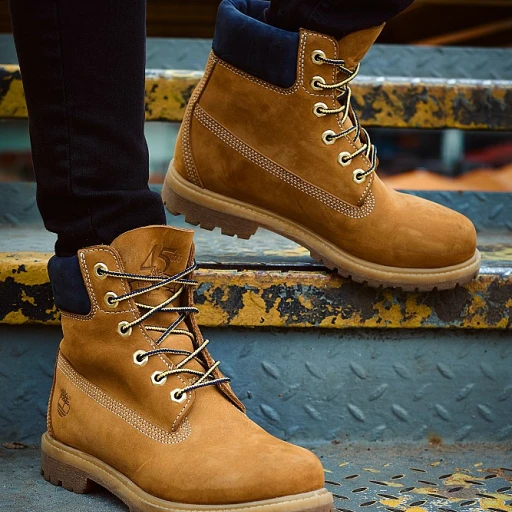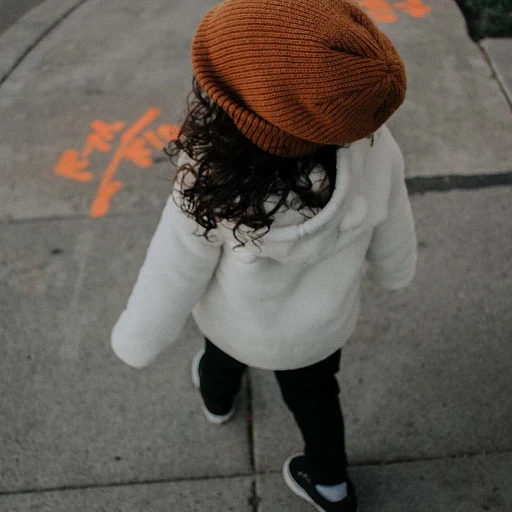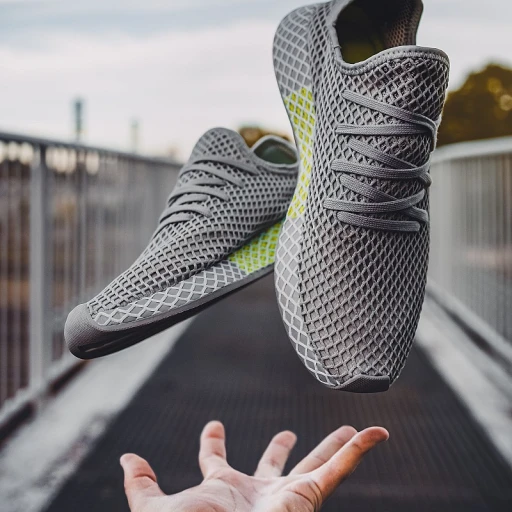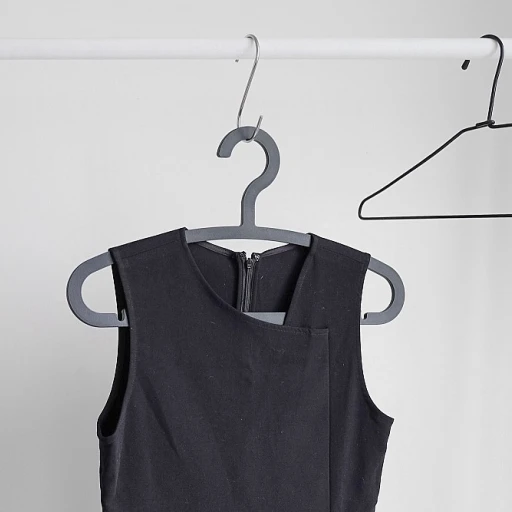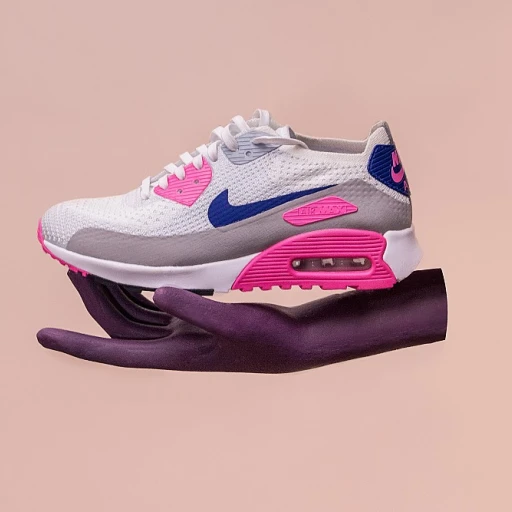
Understanding baby clothes sizes: a basic guide
Breaking down baby clothes sizes step-by-step
Hey, parents! Figuring out baby clothes sizes can be a circus, right? Whether you're a newbie or a seasoned mama, you've probably run into outfits labeled “0-3 months” that barely fit your 2-month-old. Let's dig into the basics and make some sense of it all! Understanding baby clothes sizing will help you pick out that perfect onesie without pulling your hair out.
What do those labels really mean?
Labels like “3-6 months” bring about more questions than answers, especially since babies grow at different rates. Generally, baby clothing sizes correspond to the baby's age in months, but weight and height also play a big part. For example, that cute 3-6 months outfit? It's ideally for a baby between 12 to 17 pounds (5.5 to 7.7 kg) and 24 to 27 inches long (61 to 68.5 cm). But no two brands are the same—H&M, Oshkosh, and others all have slight variations! According to the American Academy of Pediatrics, it's essential to factor in individual baby growth patterns for a better fit.
Comparing different sizing measurements
Some brands, especially European baby clothes, provide sizing based on the baby's height in centimeters. This method can offer a bit more precision compared to U.S. brands like Navy or Amazon, which generally use months. For instance, a 68 cm label in Europe will align well with a 6-9 months American size. So, if you're shopping across the pond, it's handy to know your child's height measurement for an accurate pick!
Why height and weight are crucial
Understanding your baby's height and weight will help unravel the mystery of baby clothes sizing. A baby boy at 12 months might be 21 pounds and 28 inches, fitting well into a 12-month size. On the other hand, a baby girl the same age but weighing 19 pounds may need a different fit. Data states that the average newborn weighs about 7.5 pounds (3.4 kg) and is 20 inches long, but sizes vary with growth spurts and development phases.
Common measurements used in sizing
Just as important as weight and height, the real heroes are those size charts! These charts provide a range of weights and heights for specific age labels, making it super easy to pick the correct size. Take a peek at the one often used:
- Newborn: 5-8 lbs (2.2-3.6 kg) and up to 21.5 inches (54.5 cm)
- 0-3 months: 8-12 lbs (3.6-5.4 kg) and 21.5-24 inches (54.5-61 cm)
- 3-6 months: 12-17 lbs (5.4-7.7 kg) and 24-27 inches (61-68.5 cm)
- 6-9 months: 17-23 lbs (7.7-10.4 kg) and 27-28.5 inches (68.5-72.5 cm)
- 9-12 months: 23-27 lbs (10.4-12.2 kg) and 28.5-30 inches (72.5-76 cm)
These numbers are super helpful when deciding which size to grab for your growing child!
How baby clothes sizes work: from lbs to inches
Understanding the various measurement units
Baby clothes sizes can be a head scratcher, especially when you realize that measurements are listed in different units like pounds (lbs) and inches. Knowing how baby clothes sizes work involves a bit of math and a lot of patience.
In the US, baby clothing sizes are usually determined by weight and length. For example, newborn sizes typically fit babies up to 8 lbs and correspond to 18-21 inches. According to the American Academy of Pediatrics, the average newborn measures about 20 inches in length, which aligns with most newborn-size clothes.
The magic formula for converting pounds to inches
Converting baby clothes sizes from pounds to inches and vice versa is useful when comparing sizes from different brands. European baby clothes, for instance, often focus on length in centimeters, leaving many American parents to wonder what size is 68 in baby clothes. A quick conversion shows that 68 cm roughly translates to 26.8 inches, which fits babies weighing about 15-22 lbs.
How brands interpret sizes differently
Brands like H&M and Oshkosh may use slightly different sizing charts, so a size 3-6 months in one brand might fit differently in another. This is because each brand has its own standards for height and weight ranges. For example, H&M’s size 3-6 months might fit babies up to 17 lbs, while Oshkosh’s equivalent may fit up to 20 lbs.
To avoid confusion, it’s a good idea to always check each brand’s specific size chart. Websites like Amazon usually include size charts for each clothing item, making it easier to find the right fit.
The role of age in baby clothes sizing
While age can be a helpful indicator, it’s not always accurate since babies grow at different rates. A 6-month-old might fit into clothes labeled for 3-6 months or even 9-12 months, depending on their growth spurts. Using weighted and length guidelines rather than just age helps to find better-fitting clothes.
Baby clothes size charts: a handy reference
Decoding baby clothes size charts
Understanding baby girl clothes involves knowing how to navigate the treasure map of baby clothes size charts. Sizes for baby clothing can be all over the place, often varying from one brand to another. According to the American Academy of Pediatrics, baby clothes should fit snugly yet comfortably, with an allowance for growth. Brands like H&M and Oshkosh may classify their sizes differently, so always check the size chart provided by the brand.
The nitty-gritty of size charts
When you dive into baby clothes size charts, what you typically see is age ranges, weight(expressed in lbs or pounds), and sometimes height (in inches). For example, a 'newborn' size might be something like up to 7 lbs and 20 inches. Meanwhile, a '3 months' size could fit a baby weighing about 8-12 lbs and measuring 21-24 inches. It's all about matching these dimensions with your baby's current stats.
- Weight Ranges: Noteworthy brands like H&M and Amazon generally provide weight ranges such as '5-8 lbs', but this can vary. If you're on the shorter side of this range, they might swim in their clothes, while toward the longer side, things might get snug quickly.
- Height Ranges: Height is another critical component, often measured in inches. For instance, a baby listed at '0-3 months' could be for babies up to 24 inches long. In America, height can often be more important due to the varying baby body shapes.
Global variations
Baby clothes sizes around the globe differ. European baby clothes sizes often go by height alone. If you see a size '62' in Europe, it means it fits a baby approximately 62 cm tall (around 24.4 inches). This can throw off parents used to American standards. Armed with this info, you’ll be well-equipped to decode these charts, whether you're buying clothes in a local store or online. To learn more, check out our guide on what’s hot in the 2023 pre-teen style scene.
Common sizing issues and how to avoid them
Body shape variations
Babies come in all shapes and sizes, and sometimes the standard sizes just don't fit right. For instance, a baby who is chubby might not fit into clothes designed for a baby of the same age but who is leaner. According to the American Academy of Pediatrics, there is no one-size-fits-all approach when it comes to baby clothes sizing, and it's often a matter of trial and error. Brands like H&M and Navy offer sizing charts but there can still be variations in fit.
Differences in sizing between brands
Another common issue is the difference in sizing between brands. For example, a size labeled as 3 months at Oshkosh might be a different size at Amazon. This inconsistency can be frustrating for parents who want to buy clothes that will fit their newborns perfectly. According to a report by Consumer Reports, 45% of parents find it difficult to match sizes across different brands.
European versus American sizing
Another wrinkle in the fabric of baby clothes sizing is the difference between European and American sizing standards. European baby clothes often use height in centimeters while American brands usually measure in pounds and inches. This can make it tricky to figure out the right size if you're buying international brands. To avoid this, always refer to the size chart provided by the brand, whether it's European baby clothes or American options. A helpful designer baby boy clothes guide might also help in understanding these variations.
Solutions to common sizing issues
One way to bypass this problem is by keeping a detailed measurement of your baby. Record their weight in lbs and height in inches regularly and cross-check these measurements with the size chart provided by the brand. Several parents also recommend opting for adjustable clothing that allows room to grow. Clothes with stretchy waistbands or adjustable straps can offer a better fit and last longer as your child grows.
Expert insights on baby clothes sizing
Expert insights into baby clothes sizing
When it comes to buying baby clothes, understanding how sizes vary across different brands can be a bit of a puzzle. One expert who has shed light on this is Dr. Angela Jones, a pediatrician and spokesperson for the American Academy of Pediatrics. She emphasizes the importance of considering both weight and height when selecting baby clothes. According to Dr. Jones, baby clothing sizes typically depend more on weight (in lbs), but height (in inches) can also play a significant role. For example, a baby who is 6 months old may not fit into clothes labeled for 6 months because of differing growth rates among babies.
In a study published by the American Academy of Pediatrics, it was found that around 60% of parents faced sizing issues when buying baby clothes. This suggests a significant challenge in the baby clothing industry. Brands like H&M, OshKosh, and Navy have different sizing standards, which can add to the confusion. For instance, a 9-month-old baby might fit perfectly into 12-month-old clothes from H&M but only 9-month-old size from another brand. Dr. Jones recommends always checking the specific sizing charts provided by each brand to avoid fitting issues.
Another prominent voice in this field is Karen Rogers, a kids' fashion stylist who has worked with several high-profile baby clothing brands. Rogers notes, “The inconsistency in baby clothes sizes can be maddening for parents. It's crucial to understand that an 18-month size in one brand isn't necessarily the same in another.” This is echoed in a report by Consumer Reports, which found that 77% of parents had to return or exchange baby clothes due to sizing issues.
Parents looking for comprehensive guidance on choosing the right size can benefit from tools and charts available online. Websites like Amazon provide detailed size charts, which can be a handy reference when making purchases. Always consider reviews from other parents, as they often provide real-world insights into how clothing sizes work in practice.
Essentially, it's about combining expert advice with practical tips to navigate the tricky world of baby clothing sizes. By understanding how different brands approach sizing and leveraging resources like expert insights and size charts, parents can make more informed decisions and ensure their babies not only look adorable but are comfortable too.
Case study: a parent's experience with baby clothes sizing
A real parent's journey through the maze of baby clothing sizes
Imagine this - your first baby is on the way, and you're eagerly preparing everything. You're in a store, overwhelmed by the myriad baby clothes, each tag filled with numbers and months. That's exactly what happened to Alice, a new mom from San Francisco. Like many parents, Alice quickly realized that the baby clothing size puzzle is no simple game.
Alice started off by buying a mix of newborn and 0-3 months sizes. But she soon noticed that not all newborn baby clothes fit her baby boy the same way. Brands like H&M, Oshkosh, and Amazon each had slightly different sizing. What was labeled as 'newborn' by one brand seemed more like '0-3 months' from another. According to The American Academy of Pediatrics, it’s common for parents to encounter these inconsistencies as there's no universal standard in baby clothing sizes.
She turned to online resources and found helpful tools like a baby clothes size chart. Surprisingly, Alice discovered that some European baby clothes were a better fit for her baby, who was particularly long and lean. According to Vanessa Anderson, a child fashion expert, European baby clothes often provide more precise measurements, which can be especially useful for parents dealing with sizing issues.
As her son grew, she observed his lbs weight and height in inches regularly. She found tracking tools helpful, such as the growth chart provided by the American Academy of Pediatrics. These tools gave Alice a better understanding of how his current statistics translated into clothing sizes. For instance, at 3 months, he weighed 12 pounds and was 24 inches long. This made her opt for 3-6 months sizes from brands like Old Navy and Carter’s. These sizes often accommodated babies up to 14 lbs and 25 inches.
Yet, this wasn’t a foolproof plan. Alice recalls a frustrating incident, “I ordered online thinking I had it all figured out, but when the clothes arrived, they were either too big or small. Each brand seemed to define 3-6 months differently.” It was a situation where trial and error became her primary strategy. Reviews and customer feedback on baby clothes sizing from online retail sites like Amazon became her go-to reference points.
Quoting Vanessa Anderson again, “Parents should always account for their baby's unique growth patterns. Some babies are light but long, while others might be heavier but shorter.” Alice’s takeaway from her baby clothes sizing journey? Always buy with some leeway, consider your baby's growth spurts, and remember to check reviews for better insights on fit.
Her advice for new parents embarking on this adventure is simple: “Buy a mix of sizes and don’t stress too much over a perfect fit. Babies grow faster than you can imagine, and comfort is what matters the most.” Her journey reveals that navigating baby clothing sizes may have its ups and downs, but with the right attitude and a bit of flexibility, it is entirely manageable.
Trends in baby clothing sizes: what to expect
The rise of gender-neutral clothing
The trend of gender-neutral clothing is gaining significant momentum, with brands like Amazon and H&M at the forefront. According to a study by the American Academy of Pediatrics, more parents are opting for baby clothes that are not traditionally categorized by gender. This shift is driven by a desire for more versatile clothing options and a move away from stereotypes.
European influence on baby clothes sizes
European baby clothes are having a major impact on sizing trends in the fashion industry. In Europe, baby clothing sizes are typically measured by height in centimeters rather than age or weight. This method is being embraced in the U.S. as well, providing a more accurate fit for growing babies. For example, a six-month-old baby in America may fit into size '68' in European sizing, which refers to the baby's height in centimeters.
Sustainability in baby clothing
Sustainability is more than just a buzzword; it's becoming a trend in baby clothes sizes. Brands are producing garments made from eco-friendly materials and offering adjustable sizes to extend the wearability of each piece. For instance, Old Navy and Oshkosh are known for their organic cotton lines and adjustable waistbands, which grow with your child.
Inclusive sizing options
There's a growing need for inclusive sizing in baby clothes. Not all babies fall into standard size ranges, such as '0-3 months' or '12-18 months'. Many families struggle to find baby clothes that fit their child properly. Thus, brands are expanding their size ranges to include options for babies at various stages of growth. A good example is how some retailers now offer 'Preemie' and extended '24-36 months' sizes. A parent's story highlighted in our case study echoes this shift; their search for the perfect fit brought them to boutique brands that offer more inclusive sizing.
Technology's role in baby clothes sizing
Technology is revolutionizing how parents shop for baby clothes. Enhanced size charts and augmented reality (AR) features enable parents to better visualize how clothes will fit their babies. Online retailers like Amazon now offer virtual try-on options, reducing the common sizing issues and making online shopping more convenient.
Expert advice for staying ahead
Staying ahead of these trends requires an understanding of the shifts in both consumer preferences and innovations in baby clothing design. Experts like Dr. Tanya Altmann, a pediatrician and spokesperson for the American Academy of Pediatrics, suggest consulting updated size charts and considering brands known for their accurate sizing and high quality materials. For more insights, click here.
Tips for buying baby clothes online
Check return policies
Shopping for baby clothes online can be convenient, but it's important to stay mindful of return policies. Things don't always fit perfectly the first time around. Many brands and retailers, like Amazon and H&M, offer flexible returns. It's smart to choose retailers that provide easy exchange options for sizing issues. Remember, babies grow fast, and what fits today might not fit tomorrow!
Read reviews from parents
Parent reviews can be a goldmine of information. They often provide insight into the fit and quality of clothes, including whether they run large or small. Sites like Navy and OshKosh have extensive review sections where other moms and dads share their experiences. Reviews can guide you on the best size to pick for your little one based on weight and height.
Know the brand sizing quirks
Understanding how different brands size their baby clothes is crucial. For example, European baby clothes often use centimeters for sizing, whereas American brands might use months or pounds. This article offers a detailed look into this topic. Brands like H&M might differ from Carter's or OshKosh, leading to different fits on your baby. Keeping track of these quirks can help in making better buying decisions.
Tools and size charts
Make good use of size charts provided by brands. These charts typically account for height, weight, and sometimes other measurements. They can be your best friend in determining the right size for your baby. Size charts from brands like Amazon, Oshkosh, and H&M can be particularly helpful.
Handy tips for avoiding common pitfalls
One common issue parents face is buying sizes based only on their baby's age. It's often better to go by weight and height, as every child grows differently. Look for clothes that offer flexibility, such as those with adjustable straps or elastic waistbands, to accommodate growth spurts. Remember that certain types of fabrics, like cotton, may shrink after washing.
Quality over quantity
When shopping online for baby clothes, don't get swayed by lower prices alone. Quality is key, especially for your baby's comfort. Higher quality clothes might last longer and provide a better fit. Check for materials that are soft, durable, and suited for your baby's sensitive skin. The American Academy of Pediatrics recommends avoiding clothes with potentially irritating tags or harsh seams.

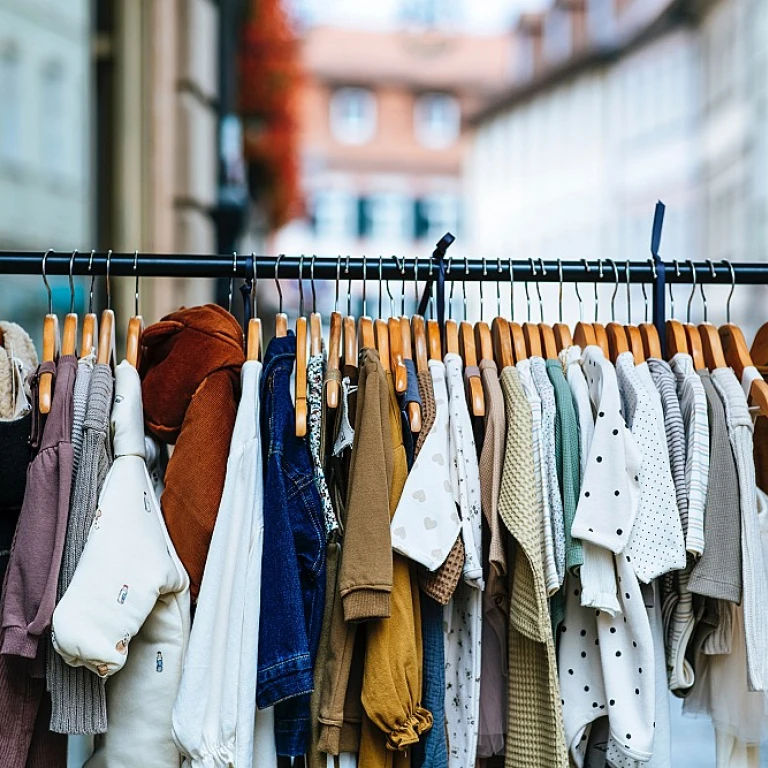

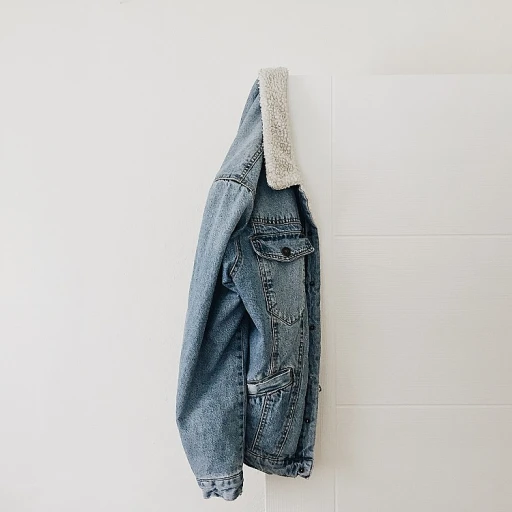
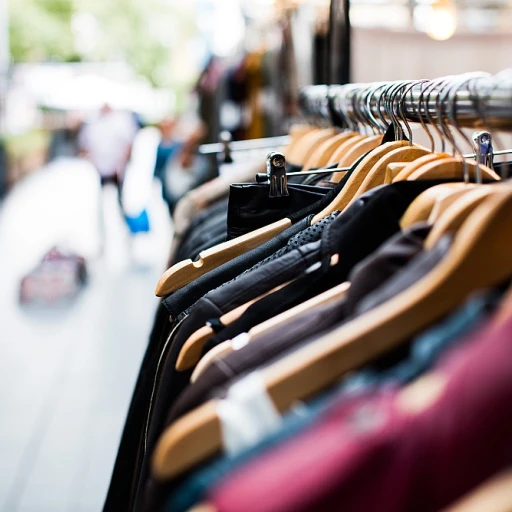
-large-teaser.webp)


